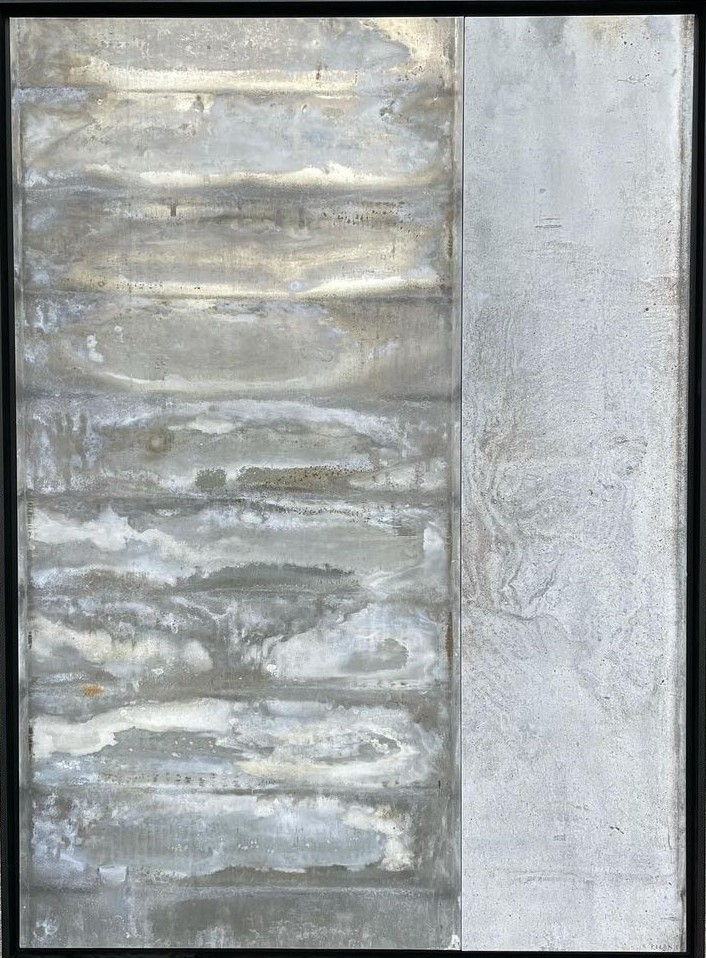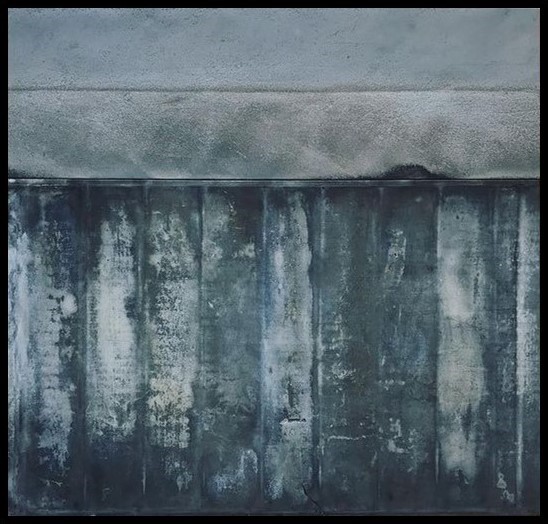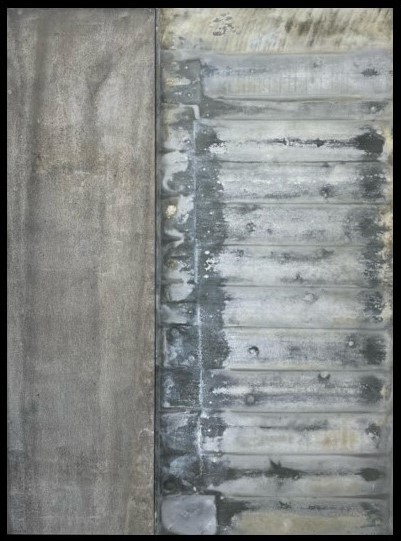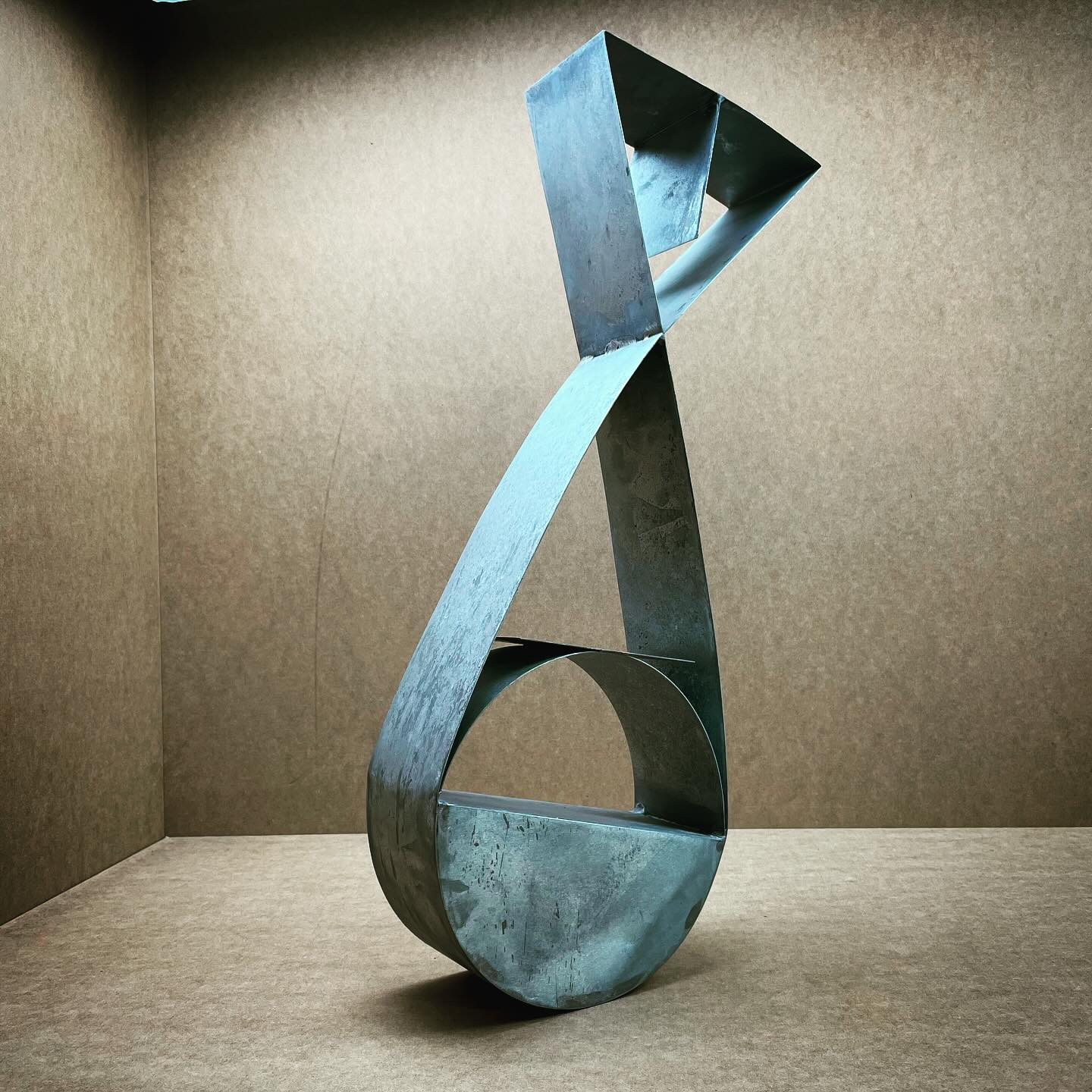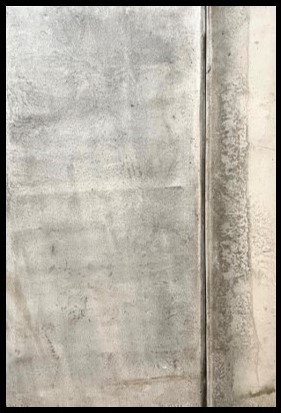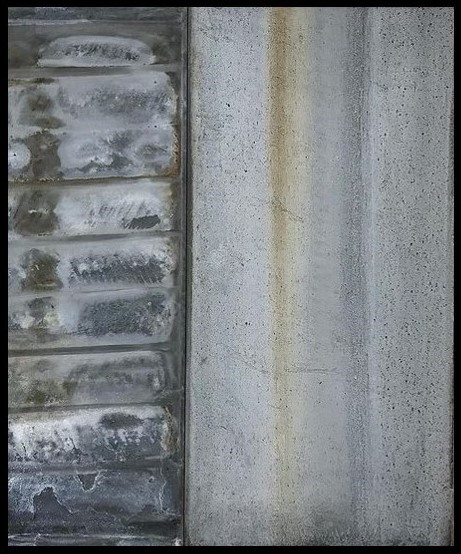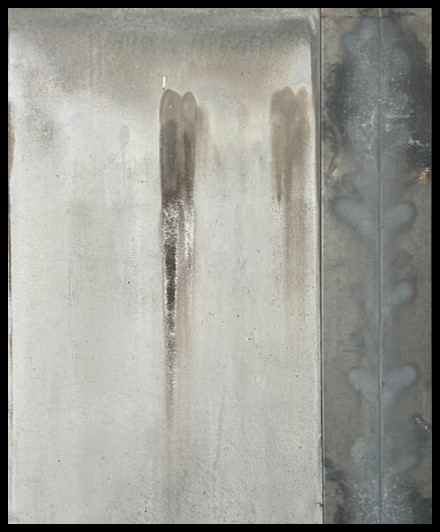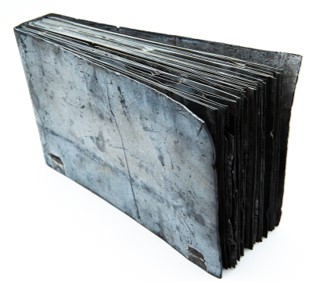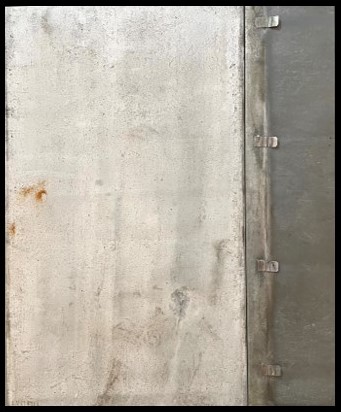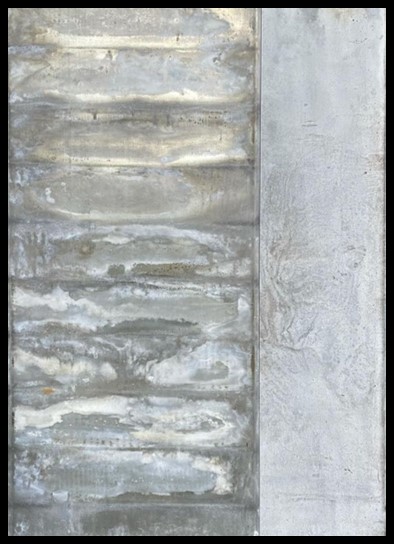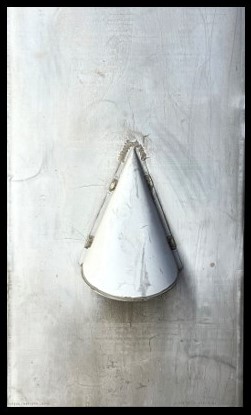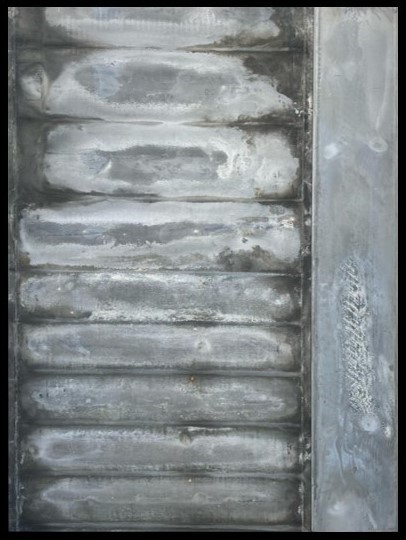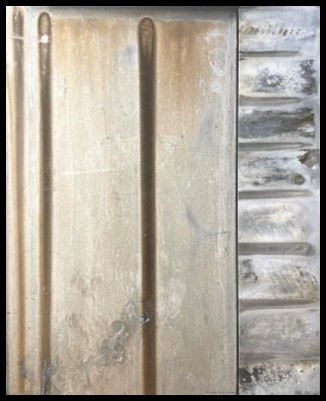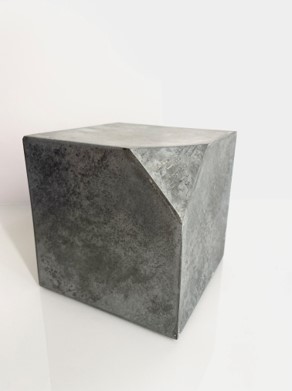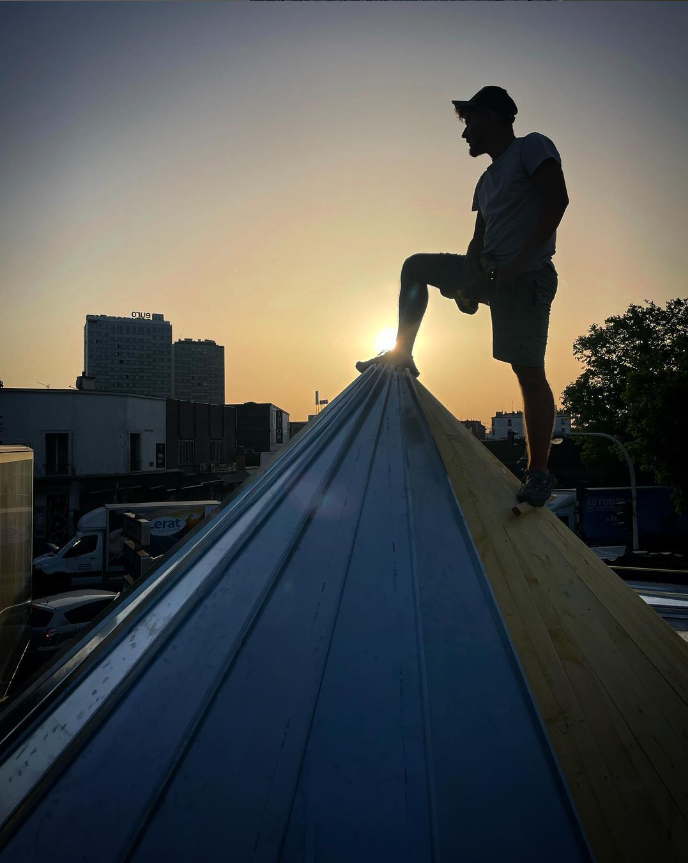
Born: 1977
Nation: France
Art Movement : Abstract & conceptual
Specific skills: likes to use the old patinated roofs of Paris to create ART
EMERGING TALENT!
Biography
Jérémy Vatutin lives and works in Paris. As “Compagnon du devoir”, his experiences as a roofer have led him to take a poetic look at architecture and to appreciate the beauty of the materials he uses.
From building site to building site, observing the aged roofs of Parisian buildings, he began to collect zinc sheets that gave him an emotional response, and that he didn’t want to see disappear. So he reversed roles, protecting the roof from oxidation once it was sheltered in his studio, whereas it was originally used to shelter us.
He focuses on the rich nuances of the material. His first step was to select the most graphic slabs and then invent new rules of composition. A repertoire of zinc fragments of all sizes lives in his studio, building up into works over time.
His artistic work develops between sculpture and oxidographic painting, a process reminiscent of photography where time and humidity, as well as the artist’s framing, act as a developer. Jérémy Vatutin questions the relationship with the passing of time by combining new metal with metal that has had a patina for decades. He often names his works after the exact location of the metal he has collected, for example: “8 rue Montrachet, 75017”, to retrace the history of a building, like a ferryman of memory.
By repairing roofs, he says he is trying to repair the world, made of the exuvia of roofs. His work is at times meticulous and precise, imbued with geometry and optical games, and at other times playful and sensitive. Jérémy Vatutin wants to show what can’t be seen. Full/empty, mobile/immobile, folded/unfolded, these pairs of opposites are revealed by taking the time to appreciate the potential of his works.
Through his work, Jérémy Vatutin demonstrates that time and nature merge in symbiosis to become an artist, by imprinting the material as an abstract painter would! By immortalising these fragments of Paris’s heritage, he also wants to show us the paradox that a work of art can come into being when it wasn’t supposed to in the first place. It begs the question: who is the artist in the end, nature or man?

